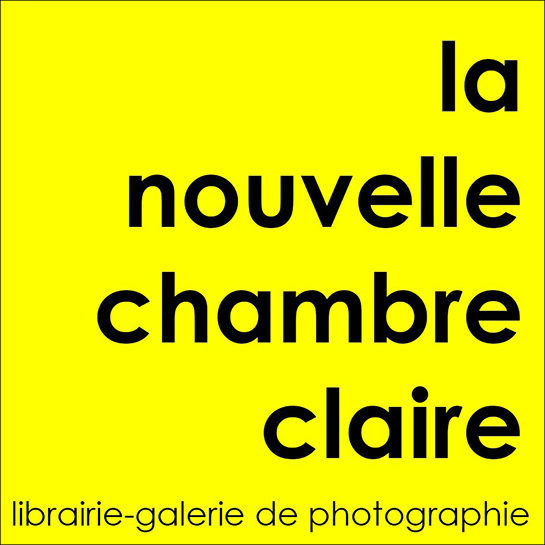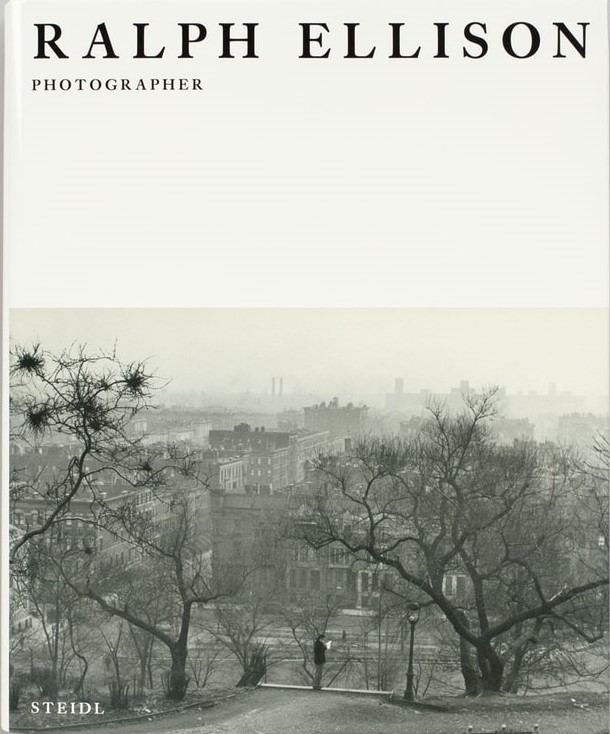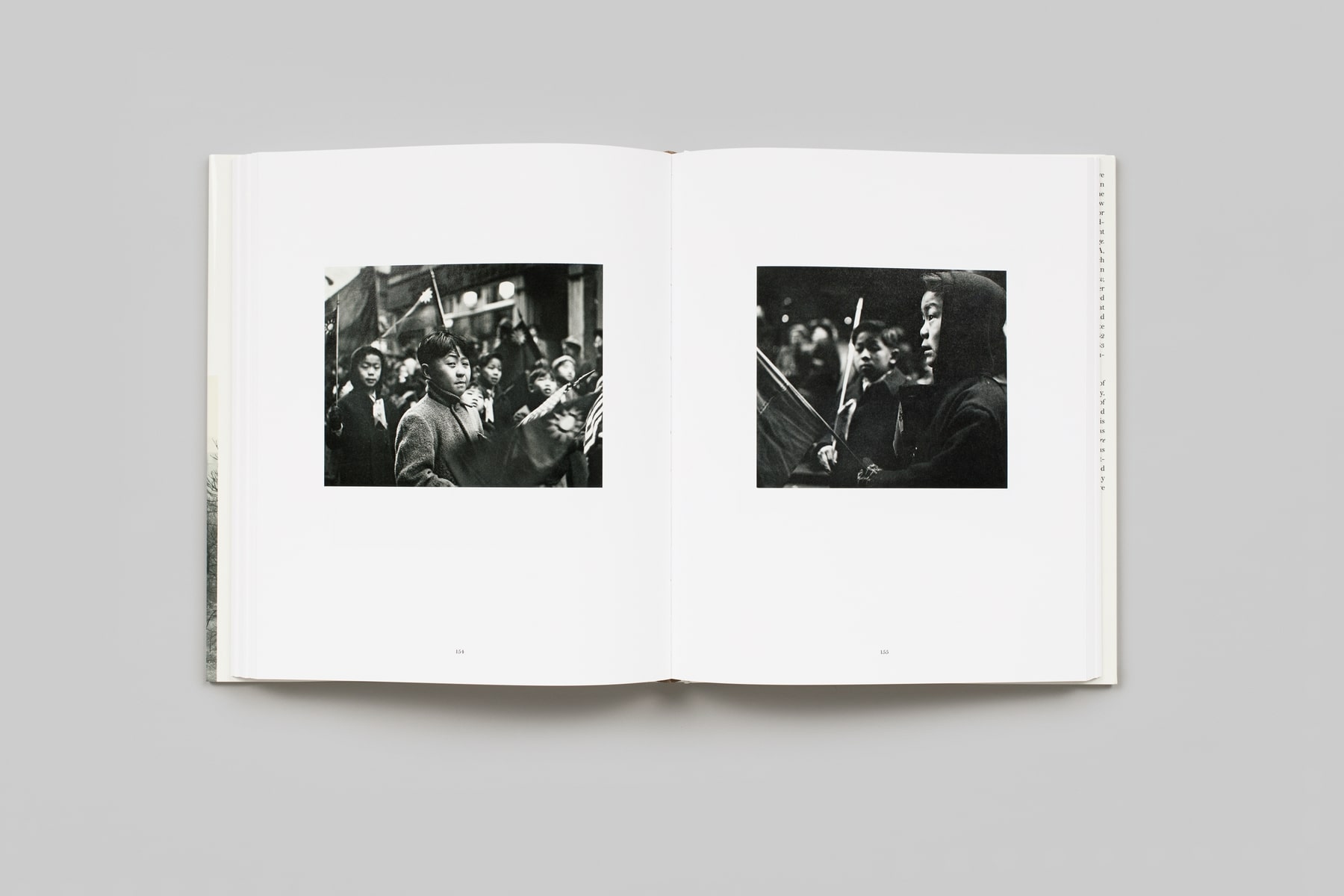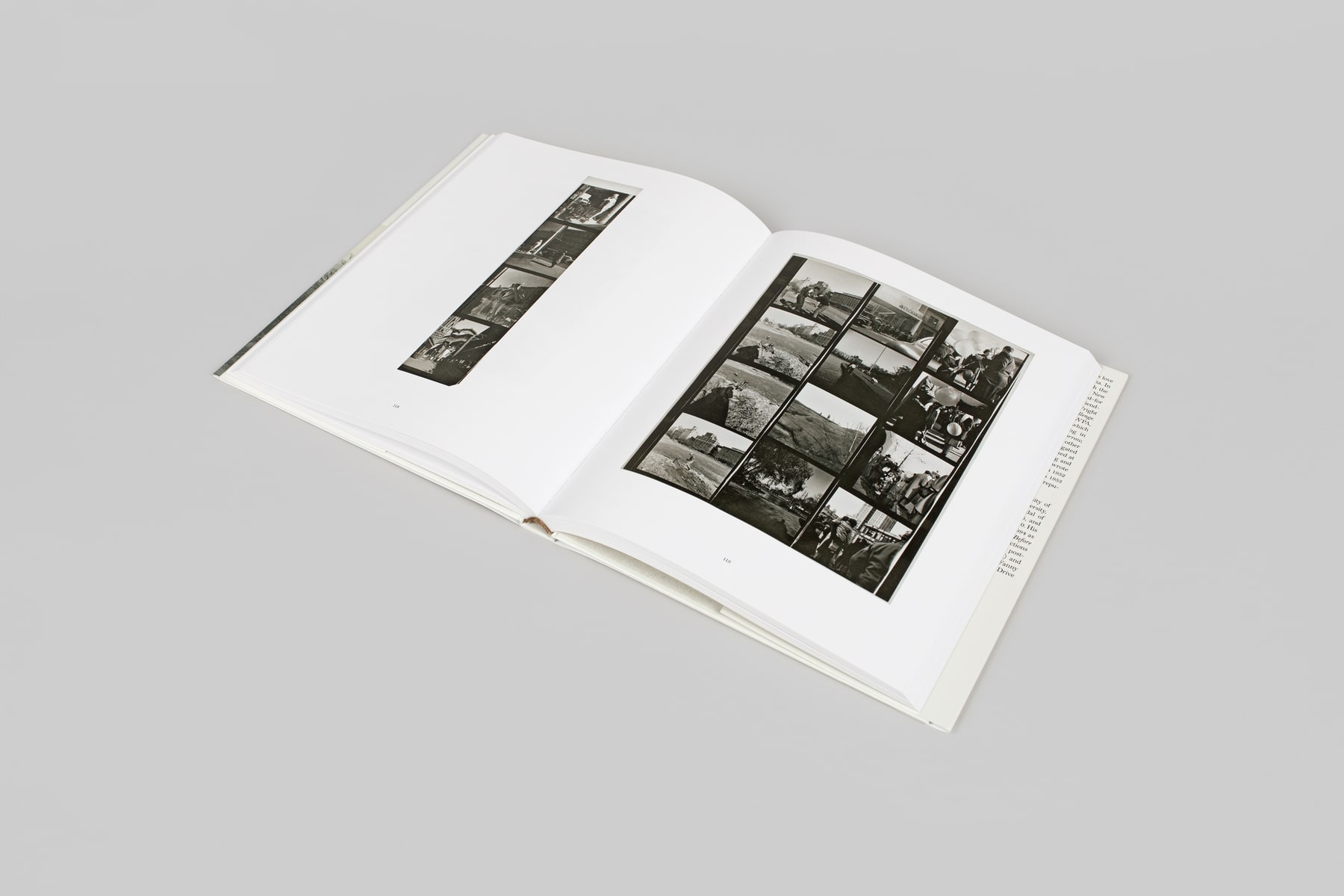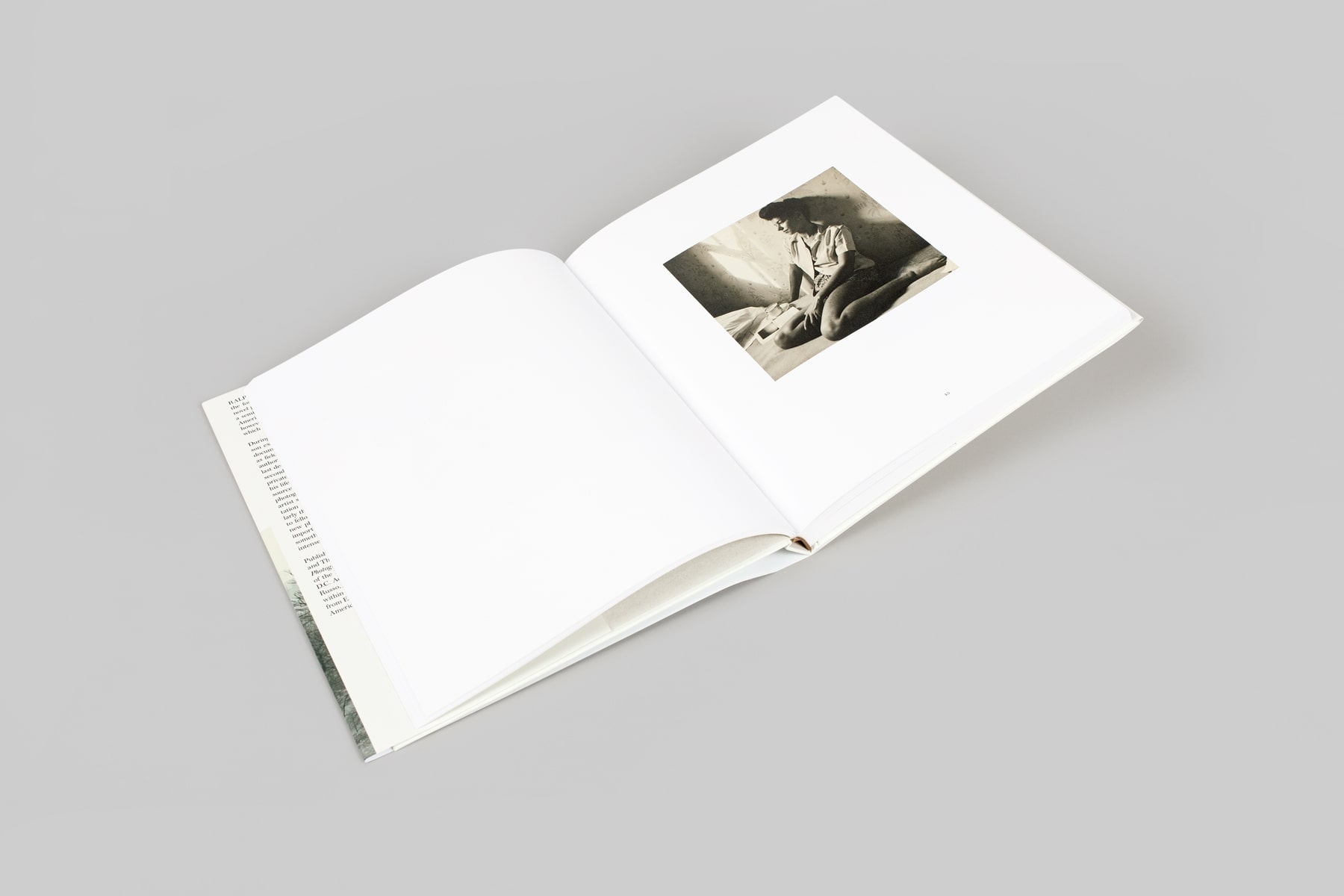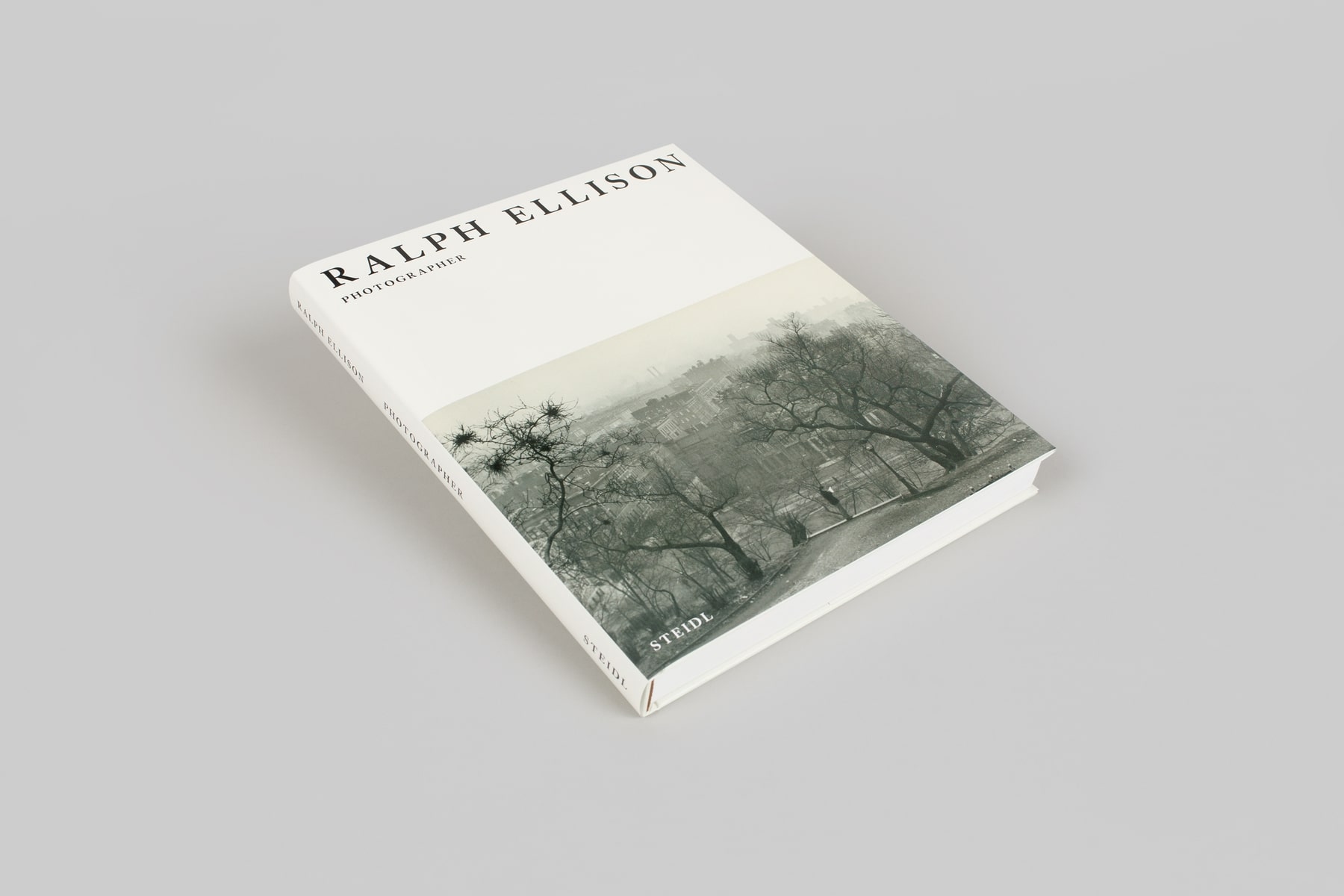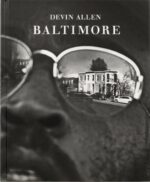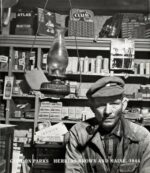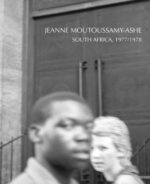Tout au long de sa vie, la photographie a joué de multiples rôles pour Ellison : un passe-temps, une source de revenus, un outil de prise de notes et un exutoire artistique. Au cours de ses années de formation à New York dans les années 1940, il a photographié son environnement, avec de nombreuses images servant de notes de terrain pour son écriture. Au cours des dernières décennies de sa vie, alors qu’il était aux prises avec son deuxième roman tant attendu, Ellison s’est tourné vers l’intérieur, et il a étudié son univers privé à la maison avec un appareil photo Polaroid. Sa photographie révèle à tout moment un artiste imprégné de pensée moderniste qui a embrassé l’expérimentation pour interpréter le monde qui l’entoure, en particulier la vie noire en Amérique. Dans une lettre de 1956 adressée à son collègue Albert Murray, Ellison souligne l’importance de la photographie dans son processus de création : « Vous me connaissez, je dois avoir quelque chose entre moi et la réalité quand je m’en occupe le plus intensément. » Les photographies de ce livre sont accompagnées de plusieurs essais situant l’œuvre d’Ellison dans sa carrière d’écrivain, ainsi que d’un extrait de son essai de 1977 intitulé « The Little Man at Chehaw Station : The American Artist and His Audience ». ; coédité avec la Gordon Parks Foundation et le Ralph and Fanny Ellison Charitable Trust, textes de Adam Bradley, John F. Callahan, Peter W. Kunhardt Jr., et Michal Raz-Russo, photos en n.b. et en couleurs.
Throughout his life, photography played multiple roles for Ellison: a hobby, a source of income, a note-taking tool and an artistic outlet. During his formative years in New York City in the 1940s, he keenly photographed his surroundings, with many images serving as field notes for his writing. In the last decades of his life, as he grappled with his much-anticipated second novel, Ellison turned inward, and he studied his private universe at home with a Polaroid camera. At all times his photography reveals an artist steeped in modernist thinking who embraced experimentation to interpret the world around him, particularly Black life in America. In a 1956 letter to fellow writer Albert Murray, Ellison underscored photography’s importance to his creative process: “You know me, I have to have something between me and reality when I’m dealing with it most intensely.” Accompanying the photographs in this book are several essays situating Ellison’s work within his broader career as a writer, as well an excerpt from his 1977 essay “The Little Man at Chehaw Station: The American Artist and His Audience.” ; co-published with The Gordon Parks Foundation and the Ralph and Fanny Ellison Charitable Trust, texts by Adam Bradley, John F. Callahan, Peter W. Kunhardt Jr., and Michal Raz-Russo.
